Animalia

Blobfish (Psychrolutes marcidus) is a deep sea fish that looks like a gooey mess. It is able to swim and feeds on edible matter around it; therefore, putting it under the animalia kingdom.

Thorny Devil (Moloch horridus) is an Australian lizard that has spikes covering its entire body. It is able to hunt for ants as its diet and reproduce sexually, which puts them under the animalia kingdom.
Plantae
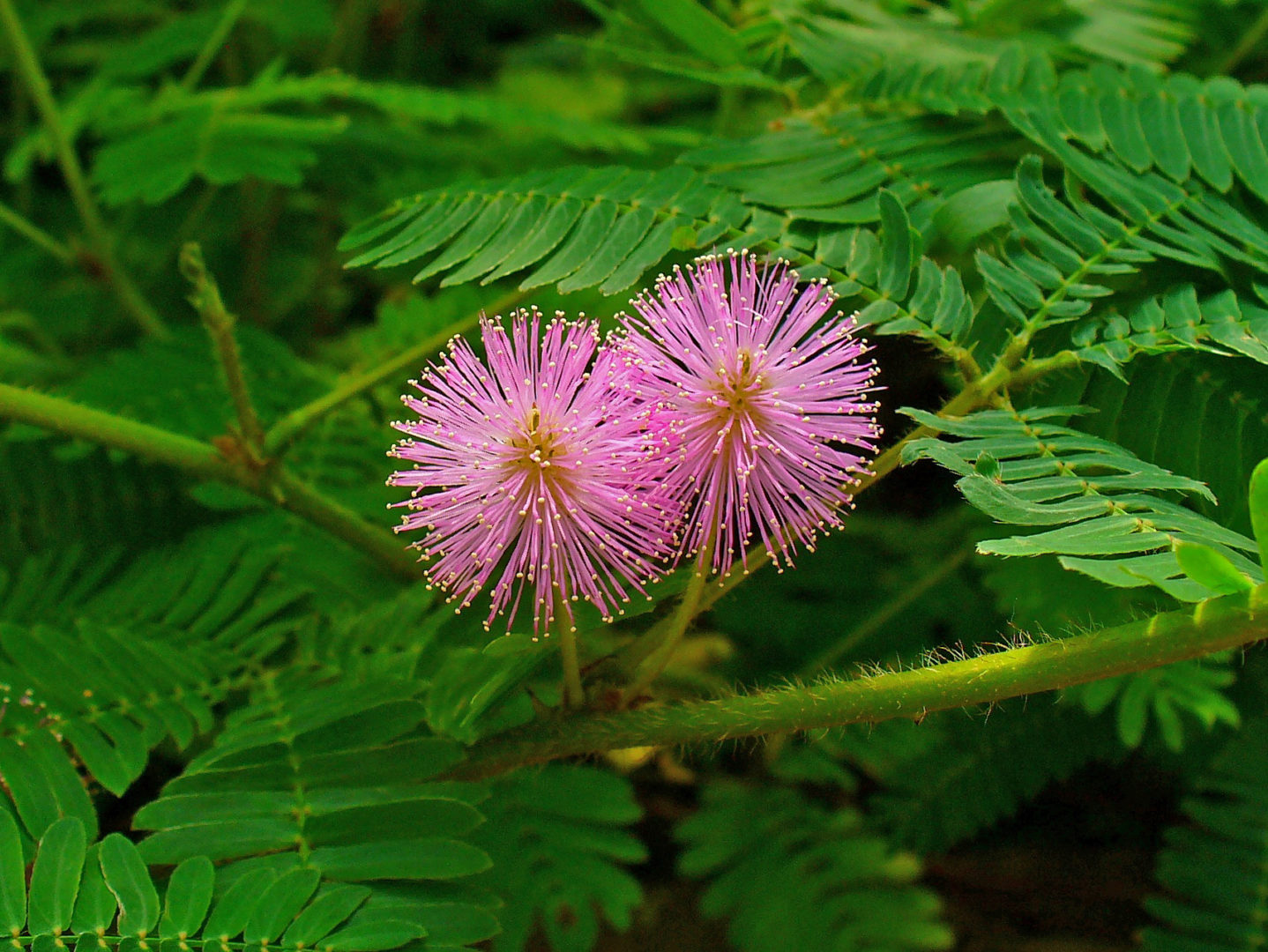
Shy Plant (Mimosa pudica) is a plant that reacts when it’s touched. It is multi cellular and goes through photosynthesis, which puts them under the plantae kingdom.
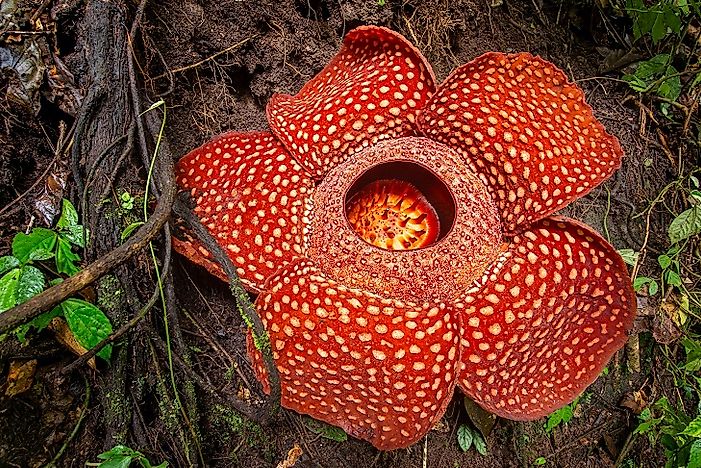
Corpse Lily (Rafflesia arnoldii) is a flowering plant that produces the largest individual flowers in the world. The flower pollinates and goes through photosynthesis, which puts them under the plantae kingdom.
Fungi
![]()
Green Pepe (Mycena chlorophos) is a fungi that glows in the dark. It is multi cellular and obtains food from parts of plants that are decaying in the soil, which puts them under the fungi kingdom.
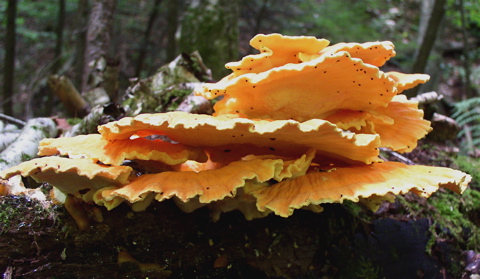
Chicken of the Woods (Laetiporus) is an edible mushroom that is found commonly around the world. It is multi cellular and obtains food from parts of plants that are decaying in the soil, which puts them under the fungi kingdom.
Protists

Marimo (Aegagropila linnaei) are moss balls found mostly in lakes. They are eukaryotes and prefer aquatic environments, which makes them protists.
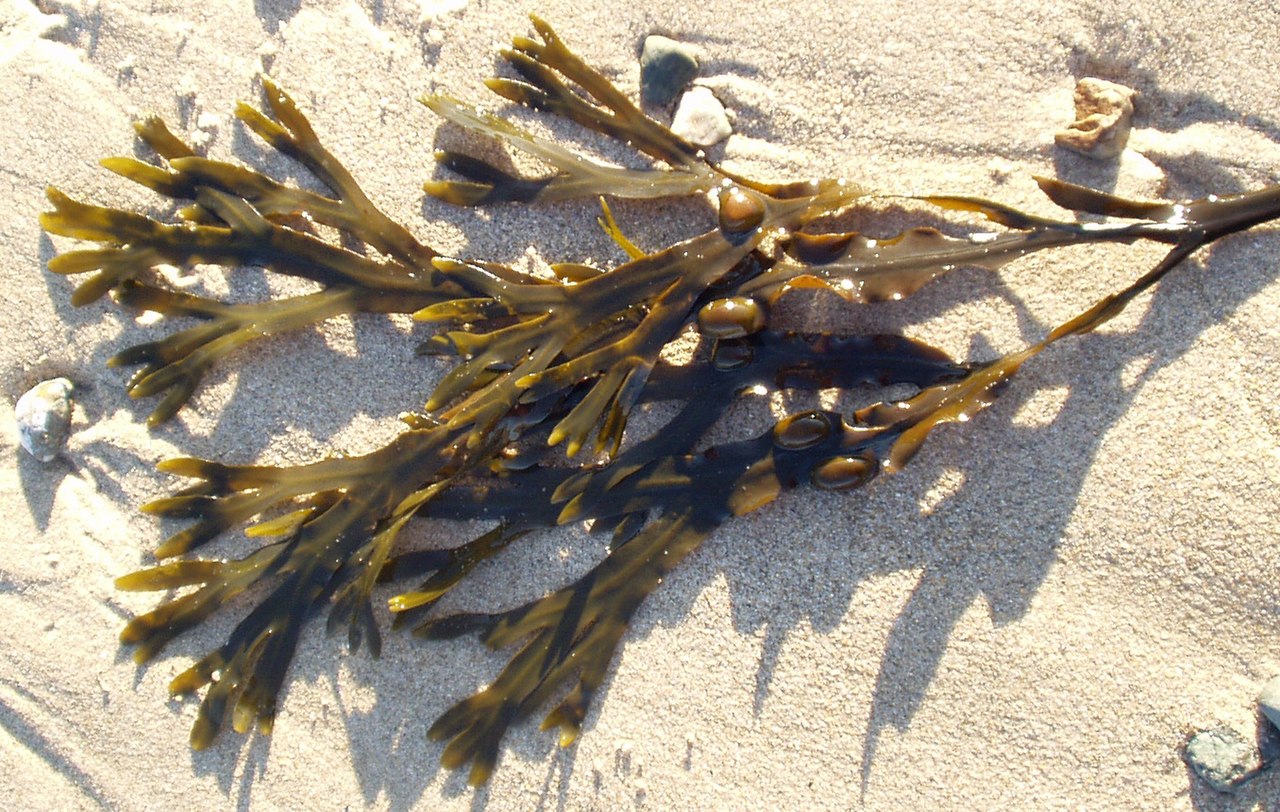
Bladder Wrack (Fucus vesiculosus) is a seaweed commonly found on different sea coasts. They are eukaryotes and prefer aquatic environments, which makes them protists.
Eubacteria
Blue-green bacteria (Cyanobacteria) are cyan coloured. They are prokaryotes and have a rigid cell wall, which makes them eubacteria.
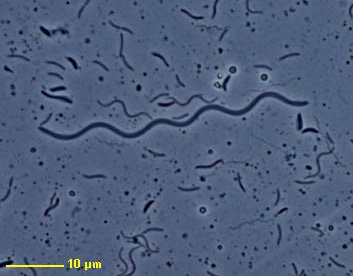
Spirochaetes are prokaryotes and have a rigid cell wall, which makes them eubacteria.
Archaebacteria

Euryarchaeota are prokaryotes and reproduce asexually, which makes them archaebacteria.

Thaumarchaeota are prokaryotes and reproduce asexually, which makes them archaebacteria.
Image Links
http://mentalfloss.com/article/88111/7-unattractive-facts-about-blobfish
https://haydensanimalfacts.files.wordpress.com/2015/01/thorny-devil.jpg
https://www.google.ca/url?sa=i&rct=j&q=&esrc=s&source=images&cd=&cad=rja&uact=8&ved=2ahUKEwjD6O7Gy7bdAhWSFzQIHV8oBEIQjRx6BAgBEAU&url=https%3A%2F%2Fwww.amazon.in%2FTOUCH-NOT-SHAME-PLANT-MIMOSA-PUDICA-LIVE-PLANT%2Fdp%2FB071YRCQKF&psig=AOvVaw3dpRjorApfi_CO9Z3m-ngK&ust=1536880294886708
https://www.google.ca/url?sa=i&rct=j&q=&esrc=s&source=images&cd=&cad=rja&uact=8&ved=2ahUKEwi0isSGzLbdAhWTN30KHaxfCs4QjRx6BAgBEAU&url=https%3A%2F%2Fwww.quora.com%2FWhats-the-worlds-largest-flower&psig=AOvVaw2l4ugLkapCtEEZ9j6Mu-JK&ust=1536880452832151
https://www.google.ca/url?sa=i&rct=j&q=&esrc=s&source=images&cd=&cad=rja&uact=8&ved=2ahUKEwjD_bylzLbdAhWaCTQIHQx9AMwQjRx6BAgBEAU&url=https%3A%2F%2Falchetron.com%2FMycena-chlorophos&psig=AOvVaw2ank6c6VZ8iIGv3cCvNKpq&ust=1536880531409418
https://blog.mycology.cornell.edu/2006/10/31/eating-the-chicken-of-the-woods/
https://plantsforpets.com/products/nano-marimo-moss-balls
https://en.wikipedia.org/wiki/Fucus_vesiculosus#/media/File:Fucus_vesiculosus_Wales.jpg
https://en.wikipedia.org/wiki/Cyanobacteria#/media/File:Tolypothrix_(Cyanobacteria).JPG
http://www.daviddarling.info/encyclopedia/S/spirochaete.html
https://www.thinglink.com/scene/762535547766833154
https://www.eurekalert.org/multimedia/pub/98139.php








